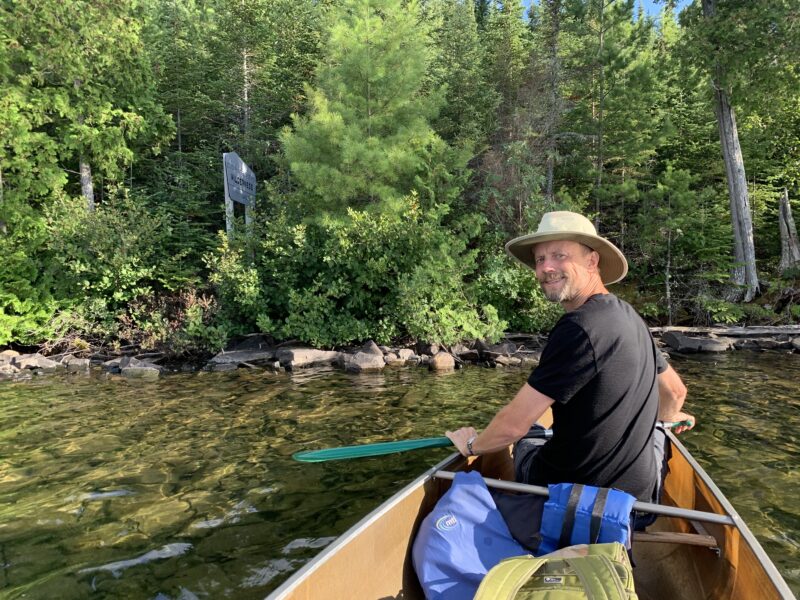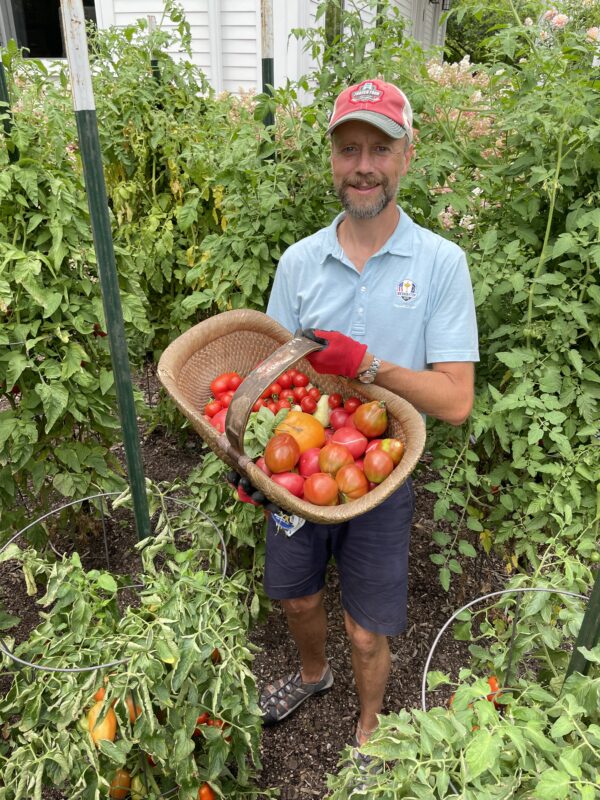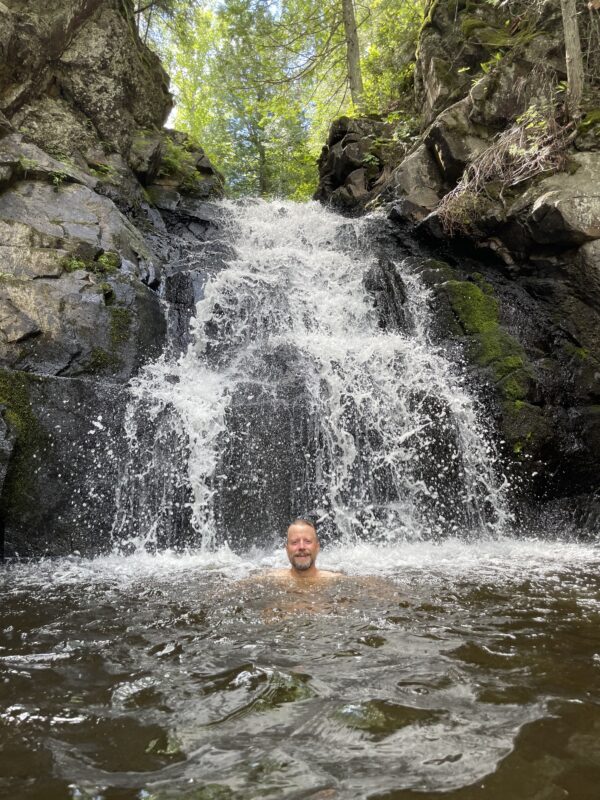
John Larsen is the co-founder of Upstream and co-founder of Design 45.
Meet John Larsen, the co-founder of Upstream, an architect and co-founder of Design 45, a design firm that focuses on creating spaces for people to thrive regardless of what’s happening in our climate. He received his Master of Architecture from the University of Minnesota, is actively participating in his community, and serves on multiple boards dedicated to making Minnesota the best it can be.
We are honored to have John’s expertise, passion, and voice on the Upstream Board of Advisors.
How was Upstream founded?
A few years ago, we brought together several nonprofit leaders in the environmental space because we were curious about the lack of power to be able to move policy forward. I had a perspective working on marriage equality which had little funding but we were able to move forward huge policy. A group of us were curious about why people could do that with marriage equality, but the environmental community was stuck in some way. That is where Upstream was born, we brought together NGO leaders, strong Republican strategists, strong Democratic strategists, marketing people, and statewide campaign people all around a dining room table to talk through this. I thought what was going to come out of our meeting was a political thing like a constitutional amendment to protect our lakes. Instead, we decided we needed to go upstream of politics because in order to achieve our goals in a durable way we need to change our culture, particularly because every time we talk about “the environment” in a policy frame, we polarize even further. Upstream is positive. It’s about building bridges across differences and leveraging Minnesotans’ love and care for our natural surroundings into greater trust, connection, and stewardship.
How is Upstream dispelling people’s misconceptions about celebrating others who are doing good?
We know from research that Minnesotans love our state and they love their special places, whether it’s the North Shore, their backyard, their local lake, or their farm field. People love where they come from and where they live now and that’s an important distinction. Some people come from the farm, some moved around and some have come to Minnesota recently. They all seem to love this place.
We keep hearing a common drumbeat from so many different sources about our love and care for this place. It’s a common value we all share. A fascinating fact: our research last summer said over 80% of Minnesotans trust other Minnesotans to care for this place as much or more than they do. So, we have this interesting level of trust in each other and believe others care a lot about this place. However, we are constantly bombarded by the opposite information that we’re not supposed to trust each other. Upstream is committed to changing that narrative.
How does caring for place show up in your daily practice/profession?
 We take great care of our backyard. I love growing and eating our own food. It tastes way better, it’s less expensive, and it’s a local food source. In the last couple of years, we’ve been moving toward no plastic–it’s a big hurdle, but we’re getting there.
We take great care of our backyard. I love growing and eating our own food. It tastes way better, it’s less expensive, and it’s a local food source. In the last couple of years, we’ve been moving toward no plastic–it’s a big hurdle, but we’re getting there.
In my business, Design 45, we’re about loving where we live at the 45th parallel whether it’s hot in the summer or cold in the winter. We have a ton of variation in what our weather looks like. What we’re charged with is designing spaces for people to thrive in regardless of what’s happening in our natural surroundings. We do that by paying lots of attention to the path of the sun, how people stay warm in the winter and how people can be in the shade in the summer. Design 45 makes sure that homes are well insulated, and that we use excellent building practices to weatherize homes to reduce the amount of energy that is used. This is great for a pocketbook, for how the home feels and, of course, it’s great for the environment.
What are your top tips on being a better steward in our homes and backyards?
Grow food. Growing food is less expensive, it tastes better, I think it’s a lot of fun and good for mental health. Look at ways to reduce energy consumption at home, whether that’s better windows and insulation, switching to LED lighting, or turning down the thermostat in the winter and getting cozy under a blanket. We’ve shifted all of our small engines to electric. I’m psyched I no longer have to pull a cord to start a small engine and there’s no smell, it’s much quieter, runs better, and we don’t have to fix things all the time.

What is your favorite outdoor place in Minnesota?
I have two: one of them is our backyard. I love to garden, have lunch, grow veggies, look at the birds, and take care of the chickens and bees we raise. It’s just special. It’s close and it’s something I experience every day. My other favorite place is Johnson Falls, which is a beautiful natural falls up the Gunflint Trail in the Boundary Waters.
What’s Your Upstream Story?
We share stories of stewardship written by and about Minnesotans like you! Share your story here.